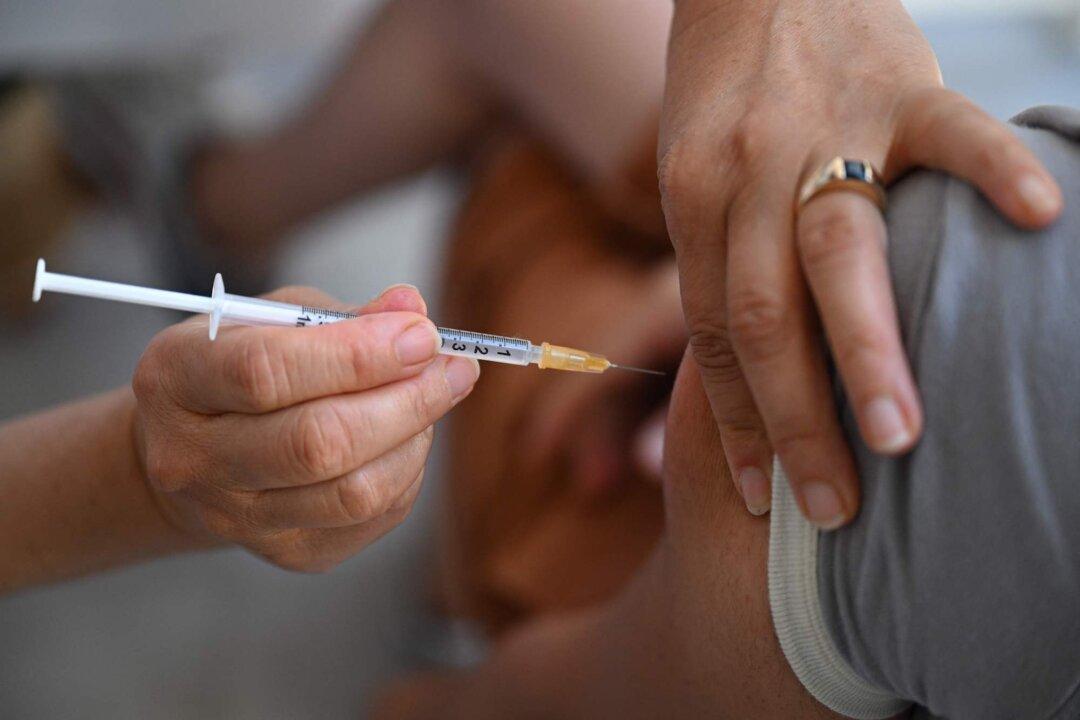Europe’s drug regulator on Friday recommended an alternative monkeypox vaccine dosing regimen aimed at stretching the limited global supply of doses, similar to the United States’ approach.
According to a clinical trial of around 500 adults, a smaller dose given just beneath the skin produced similar levels of antibodies as a normal subcutaneous injection that requires five times as much vaccine.





